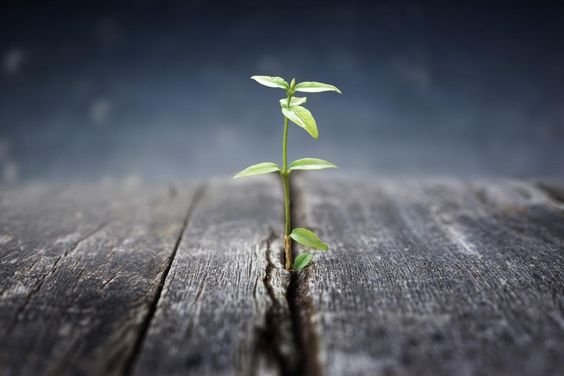Trees are pillars of their communities, a role they can maintain even in death.
Yet rotting in place is not the only natural afterlife for a tree. Sometimes, instead of giving back to its birth forest, a tree will embark on an odyssey to pay it forward, carrying its ecological wealth away from the only home it has ever known.
These traveling trees don’t mean to betray their roots; they’re just going with the flow. They’ve become driftwood, a term for any woody remnants of trees that wind up moving through rivers, lakes or oceans.
Driftwood is a common sight at beaches around the world, although many people dismiss it as unremarkable scenery or useless debris. And while some driftwood is a little short on mystique — like twigs from a nearby tree, or boards that fell off a fishing pier — it can also be a ghost from a distant forest or shipwreck, transformed by its adventures into something beautiful. Along the way, driftwood tends to return the favor by reshaping and enriching the environments it visits.

In an age when oceans are plagued by plastic trash, driftwood is a reminder that natural marine debris can be benign, even beneficial. It embodies the fragile ecological links between land and water, as well as the subtle beauty commonly hiding in plain sight.
Long before humans built boats from dead trees, the raw materials were out there exploring uncharted waters on their own. Driftwood may have even inspired our first wooden rafts and boats, as ancient people noticed its strength and buoyancy.
Dead trees have always served as boats, though, just usually for smaller passengers. Driftwood not only feeds and shelters lots of tiny wildlife, but can also help them colonize otherwise unreachable habitats. And its arrival can benefit local residents, too, introducing new resources to sustain coastal wildlife and help buffer their exposed home from wind and sun.
Depending on the driftwood and where it washes up, seafaring trees can be valuable additions to waterfront habitats that lack the canopy and roots of live trees, such as rocky beaches or coastal sand-dune ecosystems. Even in places with plenty of trees, like the banks of a forested river, driftwood often plays an integral role in building up and shaping the habitat’s infrastructure.
The adventures of driftwood often begin in rivers, and many of them stay there. Driftwood is an important part of virtually all natural waterscapes around the world, including freshwater streams, rivers and lakes as well as oceans.
Rivers that flow through or near forests tend to collect pieces of dead trees, sometimes resulting in accumulations of driftwood known as logjams. Over time, these clusters can help build up the banks of rivers and even shape their channels, influencing not only the way water moves through the ecosystem, but also what kind of solutes, sediments and organic matter it contains.
Driftwood also slows down the flow of a river, helping it retain more nutrients to nourish its native wildlife. And by forming lots of different microhabitats within a river channel, driftwood has a tendency to boost local biodiversity, too.
The raft, reportedly sacred to the native Caddo people, held tens of millions of cubic feet of cedar, cypress and petrified wood, covering nearly 160 miles of the Red and Atchafalaya rivers in Louisiana.
The Great Raft may have been a natural wonder, but because it blocked navigation of the Red River, the U.S. Army Corps of Engineers launched an effort to dismantle it. Initially led by steamboat captain Henry Shreve, the project kicked off in the 1830s and took decades to complete, inadvertently transforming the geology of the Lower Mississippi River watershed in the process.








